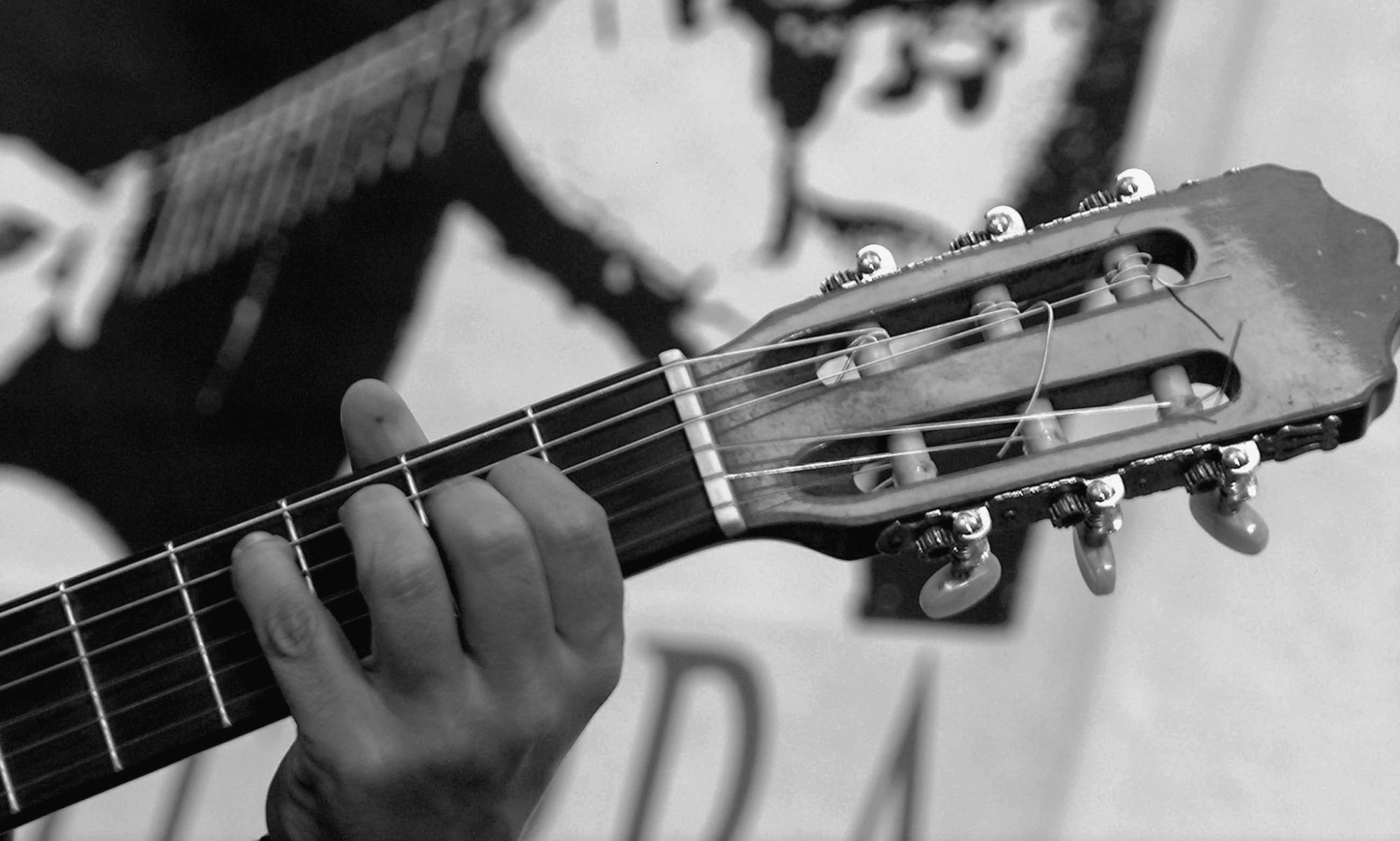
In this comprehensive new guide, Robert Nasatir delves into the history of Cuba’s nueva trova and its legacy, providing context for the most popular songs of the past three decades.
Nasatir begins his journey in 1986, a pivotal moment for Cuban music. It was in this year that the Movimiento de la Nueva Trova was disbanded. This government organization provided support for many Cuban artists, who were then forced to improvise and innovate in their new reality. Nasatir shows how this period of instability led to a burst of creativity and retrospection.
Nasatir, who has spent twenty years studying Cuban song, covers:
- the influence of the Buena Vista Social Club on the island and off;
- the cultural effects of the austerity measures of the Special Period;
- the rise of the second generation of the nueva trova;
- the reputation these artists earned as the Jinetes del Apocalipsis, or the Horsemen of the Apocalypse; and
- the role they played as the critics and chroniclers of cultural transformation.
He also includes interviews with Gerardo Alfonso, Frank Delgado, Santiago Feliú, Samuel Águila, Ariel Díaz, and Charly Salgado. Nasatir discusses the ways they both continued and changed the troubadour tradition.
Robert Nasatir has studied Cuban music for nearly twenty years. He received his doctorate in Spanish from Vanderbilt University and now lectures on Cuban arts and culture. He has also published numerous articles and translations, including Beyond Buena Vista: Contemporary Cuban Song (Cuban Beat Books Volume 1). Nasatir currently works as the World Languages Chair at Moorestown Friends School in New Jersey.
